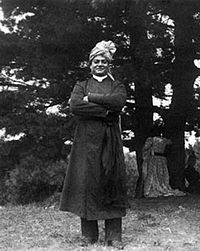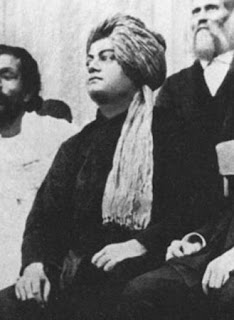Girish Chandra Ghosh - An appreciation Part 1
Very few people in India outside Bengal know of Girish Chandra Ghosh, the prolific play writer, the father of theatre in Bengal and in India who was once widely regarded as Shakespeare of Bengal and Garrick of Bengali stage. Girish Ghosh was a playwright, a director, an actor, a poet, all moulded into one. He was a versatile genius. He was a lion among men and like a lion he dominated everything that he did. He never cared for conventions. He did not tolerate hypocrisy. He ensured decent living for many women who were otherwise considered "fallen" by the society. He led an intemperate life in a rebellious spirit for sometime, till he met the ultimate man whom he was searching for throughout his life. Girish was appreciated by many eminent personalities, actor and intellectual Utpal Datta being one one of them. In his book Girish Mahima (Greatness of Girish), Utpal Datta was full of praise for him. Recently veteran actor Soumitra Chatterjee enacted as a solo actor in one of ...



-1891-2.jpg)


